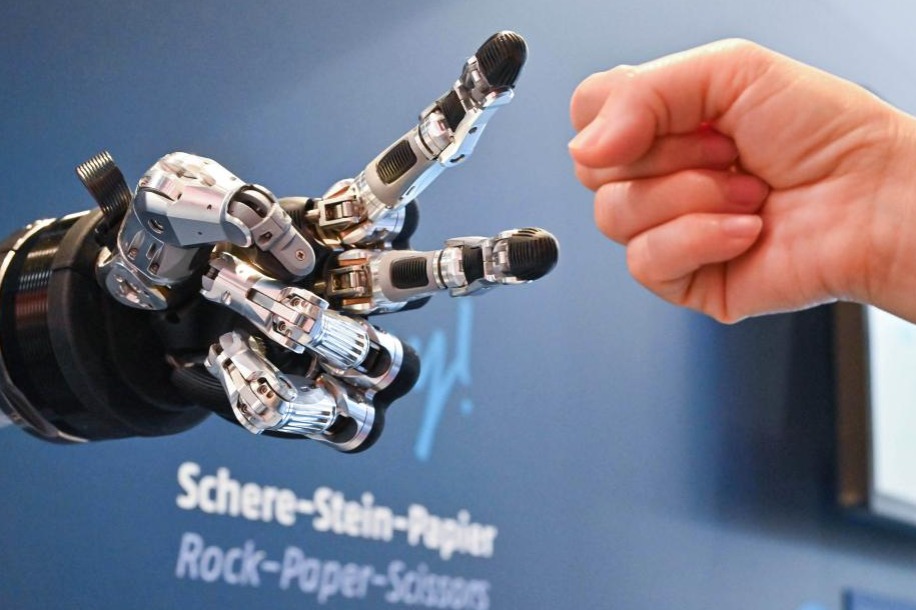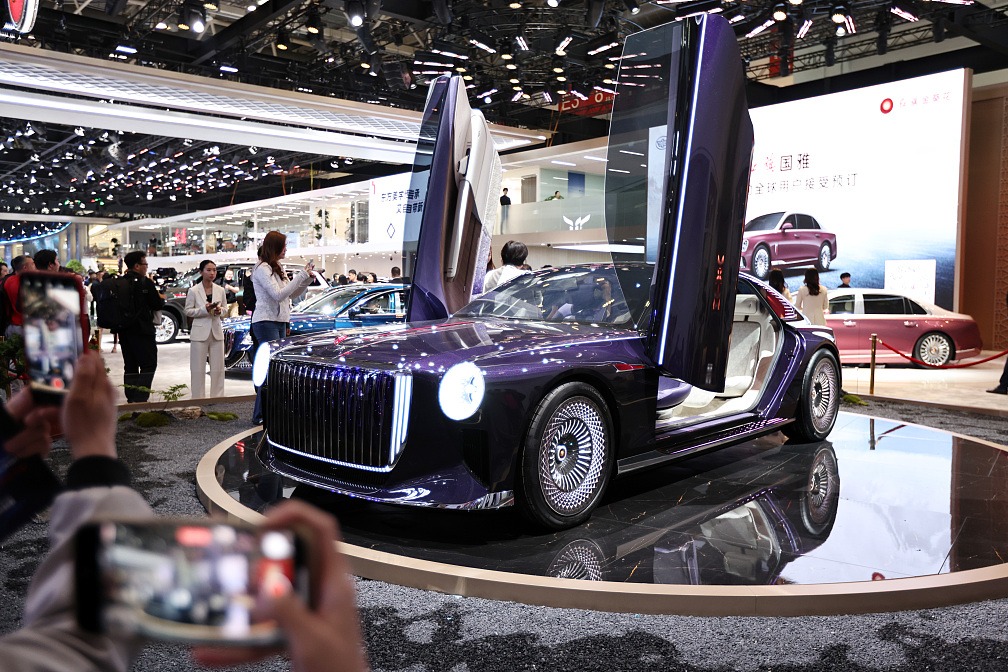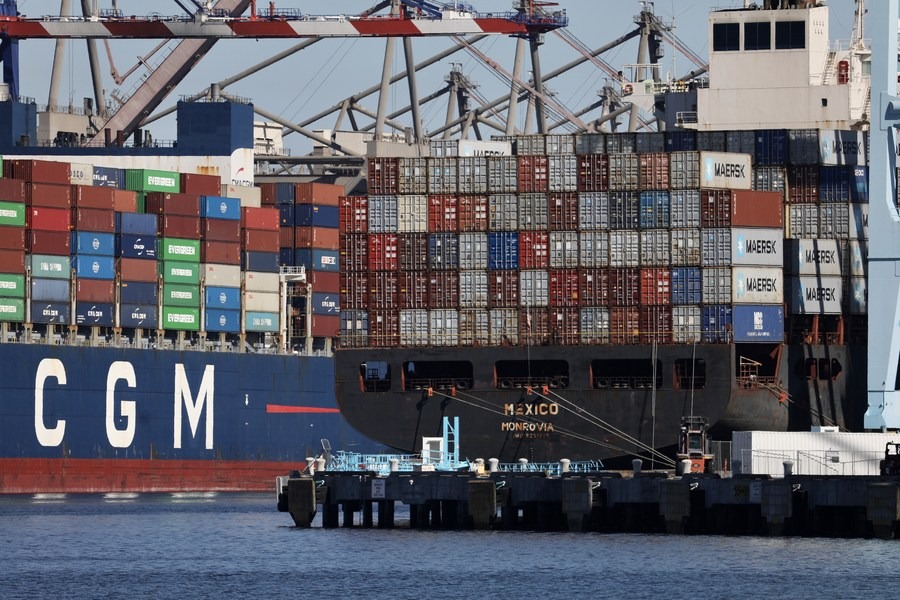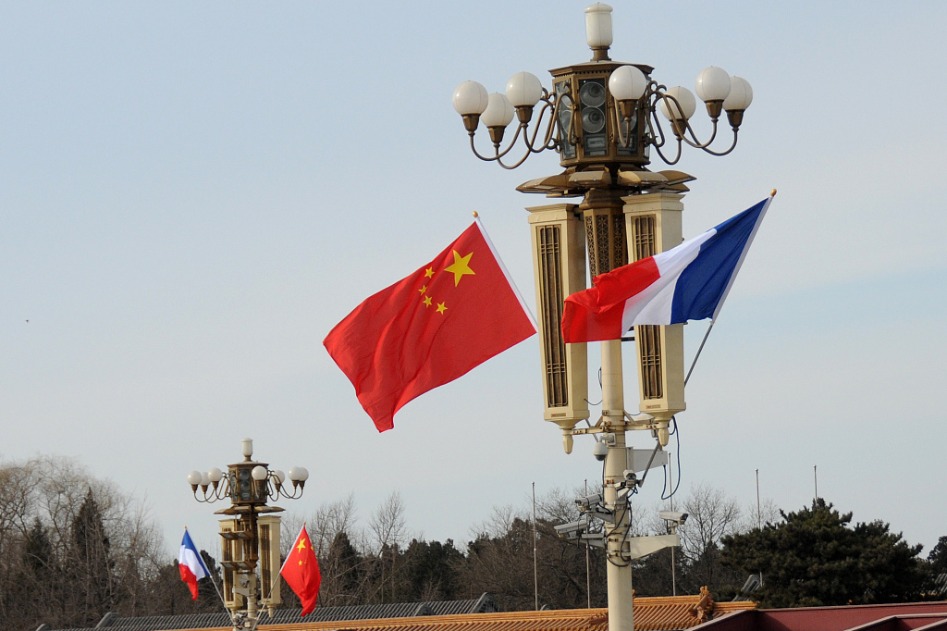Greening the BRI
International cooperation is key to low-carbon development of the Belt and Road Initiative


International cooperation is key to low-carbon development of the Belt and Road Initiative
Climate change is now affecting every inhabited region across the world. It is estimated that approximately 3.5 billion people are extremely vulnerable to its impacts.
Being among the fastest-growing greenhouse gas emitters, developing countries are likely to be the first victims of climate change. Therefore, promoting low-carbon transformation in developing countries is critical to combating climate change.
The world is looking at China to lead this process, and China has already stepped up to shoulder more responsibility. According to a report by the Green Finance and Development Centre at Fudan University, China's total engagement (in the forms of construction and investment) in the energy sector reached $8.6 billion in Belt and Road countries during the first half of 2023, and 56 percent of that went into renewable energy, making that period the greenest in any six months since the Belt and Road Initiative's inception in 2013. Globally, China has provided 50 percent of wind power equipment and 80 percent of solar power equipment to the world.
This year marks the 10th anniversary of the BRI and we have witnessed the concept of green development getting further embedded into the initiative, providing an essential driver for low-carbon and sustainable development around the world. Yet there is a lot more that can be done. And we can proceed with our work from three different angles.
First, we need to create new channels for private capital to support green and low-carbon projects, and one avenue could be by building carbon markets.
According to a report by the United Nations Conference on Trade and Development, the annual demand for renewable energy investment in developing countries is about $1.7 trillion, and they received about $540 billion in clean energy investment in 2022. The gap is enormous. Meanwhile, data show that about 80 percent of green investment in developed countries comes from the private sector, while it is less than 15 percent in developing countries. Therefore, attracting more private capital to green and low-carbon projects has become central to promoting transition in developing countries.
Establishing carbon markets can be one of the solutions as it effectively channels more private capital to green industries such as renewable energy and promotes the green transformation of industries. Besides, establishing carbon markets requires data reporting and a measurement, reporting and verification system. From this groundwork, private investors can gain more information. Such approaches promote transparency, accountability, and trust among stakeholders, which will channel more private capital and provide assurance globally that the efforts are yielding results in the fight against climate change.
Second, we need to deepen cooperation on "small but beautiful" projects that can serve the economic development needs of the local communities.
Understandably, economic development is the primary issue facing many developing countries, and "small but beautiful" projects could improve people's living conditions while ensuring low-carbon development.
Compared with large-scale projects, "small but beautiful" projects are community-friendly, with low financial risk and high economic return, and they are easier to finance, build and manage. In addition, small projects usually have a shorter construction period and can generate economic and environmental benefits more quickly.
"Small but beautiful" projects are usually designed according to the real needs of the local communities with higher environmental standards. Community residents are more likely to participate in "small but beautiful" projects than in large infrastructure projects. Their clearer understanding of the local ecological environment and economic development can make the investment more targeted, efficient, and beneficial for improving people's living.
Over the years, micro solar and hydroelectric power stations, green agriculture cooperation and sewage treatment projects jointly built with China in countries such as Georgia, Congo and Somalia, not only demonstrate green and sustainable development, but also drive the growth of local communities, making them a model of South-South Cooperation.
Here are three ways to encourage the investment to "small but beautiful" projects. First, by assisting developing countries in conducting pre-feasibility studies for projects. In addition, common international standards should be developed for these projects to actively serve local livelihoods with high-quality products and services. Last, community residents should also be involved in the construction of these projects, as it is better to teach a man to catch fish than to give him fish.
Third, we can promote experience-sharing through extensive and in-depth personnel exchanges in the low-carbon transition.
This may seem self-evident, but it can't be stressed enough that we need to strengthen communication to draw from our collective experiences. In the 40 years since the country's reform and opening-up, China has seen incredible economic development. Along the way, it has also learned many lessons and accumulated valuable experiences from its so-called polluting-first-and-cleaning-up-later process. Greater transparency and more frequent exchanges about China's experiences would be of great value to advancing low-carbon development in developing countries.
This kind of exchange will need a large pool of talents who are knowledgeable about low-carbon technologies and management strategies and can contribute to the long-term green development in their countries. From 2012 to 2023, China has officially trained about 2,300 officials and technicians from 120 developing countries on climate change. Meanwhile, international training programs launched by universities, think tanks, and NGOs have helped officials, business leaders, students and members of local communities, who also play an important role in environment governance, gain the necessary capacity and knowledge.
The Environmental Defense Fund has made a modest contribution in this regard through the inclusion of students from the BRI countries in our climate corps program since 2018. So far, the EDF has trained and sent fellows from Uganda, Ecuador and Malaysia to top-level enterprises in China on sustainable and low-carbon development projects. It will continue and strengthen its efforts in the coming years to help further enhance this kind of personnel exchanges. Through international personnel exchanges, understanding between countries can be enhanced so that the spirit of peace and cooperation, openness and inclusiveness, mutual learning and mutual benefit can be deeply rooted in people's hearts.
Climate change is a major challenge before the international community, especially the developing countries, and requires a global response. Active international cooperation in addressing climate change is a crucial way to participate in global climate governance actively and support developing countries in improving their capacity to address climate change. At the same time, international cooperation can further help the BRI countries to grow and help local communities to improve people's lives in an environmentally friendly way.
With its rich experience in environmental governance, China could work with countries in the BRI to pursue low-carbon development and build the Green BRI together, thereby contributing to the global low-carbon transition.
The author is vice-president and chief representative of the China Representative Office of the Environmental Defense Fund. The author contributed this article to China Watch, a think tank powered by China Daily. The views do not necessarily reflect those of China Daily.
Contact the editor at editor@chinawatch.cn.

































